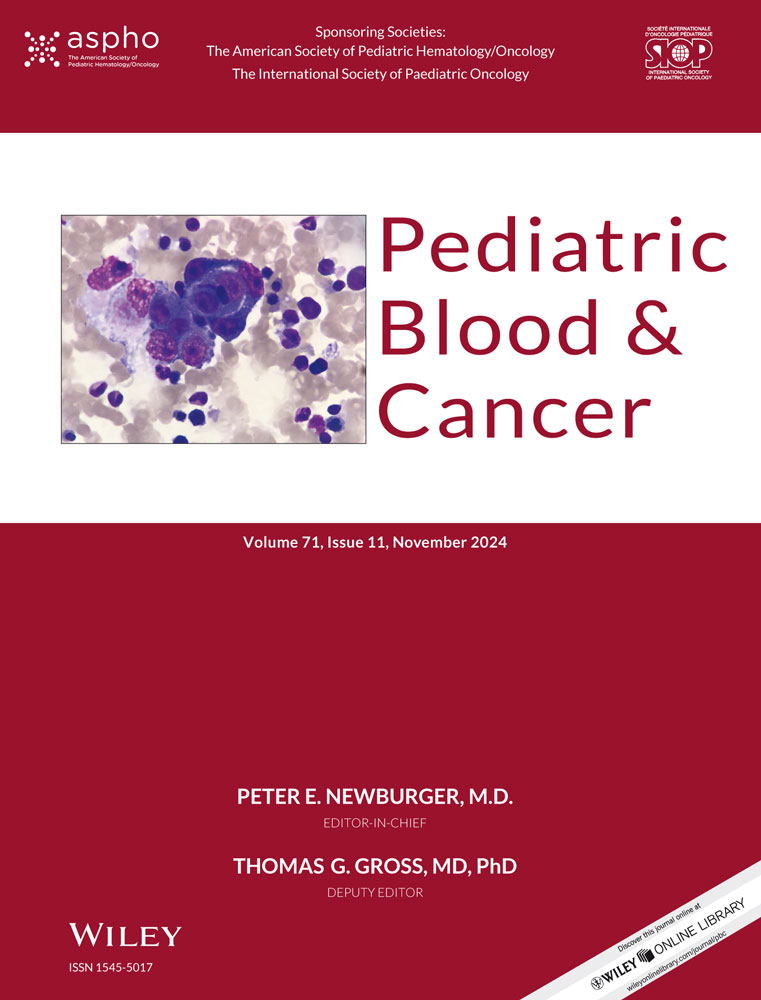An assessment of narrative operative reports for Wilms tumor resection using consensus component criteria
Previously presented: Morrison Z, Rajesh N, Davidoff AM, Abdelhafeez H. An assessment of narrative operative reports for Wilms tumor resection using consensus component criteria. American Pediatric Surgical Association Annual Meeting; Phoenix, AZ; May 15, 2024.
Abstract
Introduction
Precision in surgical documentation is essential to avoid miscommunication and errors in patient care. Synoptic operative reports are more precise than narrative operative reports, however they have not been widely implemented in pediatric surgical oncology. To assess the need for implementation of synoptic operative reports in pediatric surgical oncology, we examined the completeness of narrative operative reports in patients undergoing resection of Wilms tumor.
Methods
We conducted a retrospective review of narrative operative reports for resection of Wilms tumor at a single pediatric oncology center from January 2022 through July 2023. Primary outcomes were the presence or absence of 11 key operative report components. Inclusion rates were calculated as simple percentages. Unilateral and bilateral operations were considered.
Results
Thirty-five narrative reports for Wilms tumor resection were included. The most consistently documented operative report components were estimated blood loss, indication for surgery, intraoperative complications, and specimen naming (100% documentation rates). Documentation of lymph node sampling was present in 94.3% of reports. The least consistently documented components were assessment of intraoperative tumor spillage, completeness of resection, metastatic disease, and assessment of vascular involvement (each ≤40% documentation rate). All 11 key components were documented in three reports.
Conclusions
Even at a large tertiary pediatric oncology referral center, narrative operative reports for pediatric Wilms tumor resection were found to be frequently missing important components of surgical documentation. Often, these were omissions of negative findings. Utilization of synoptic operative reports may be able to reduce these gaps.
CONFLICT OF INTEREST STATEMENT
The authors declare no conflicts of interest.
Open Research
DATA AVAILABILITY STATEMENT
The data that support the findings of this study are available from the corresponding author upon reasonable request.




